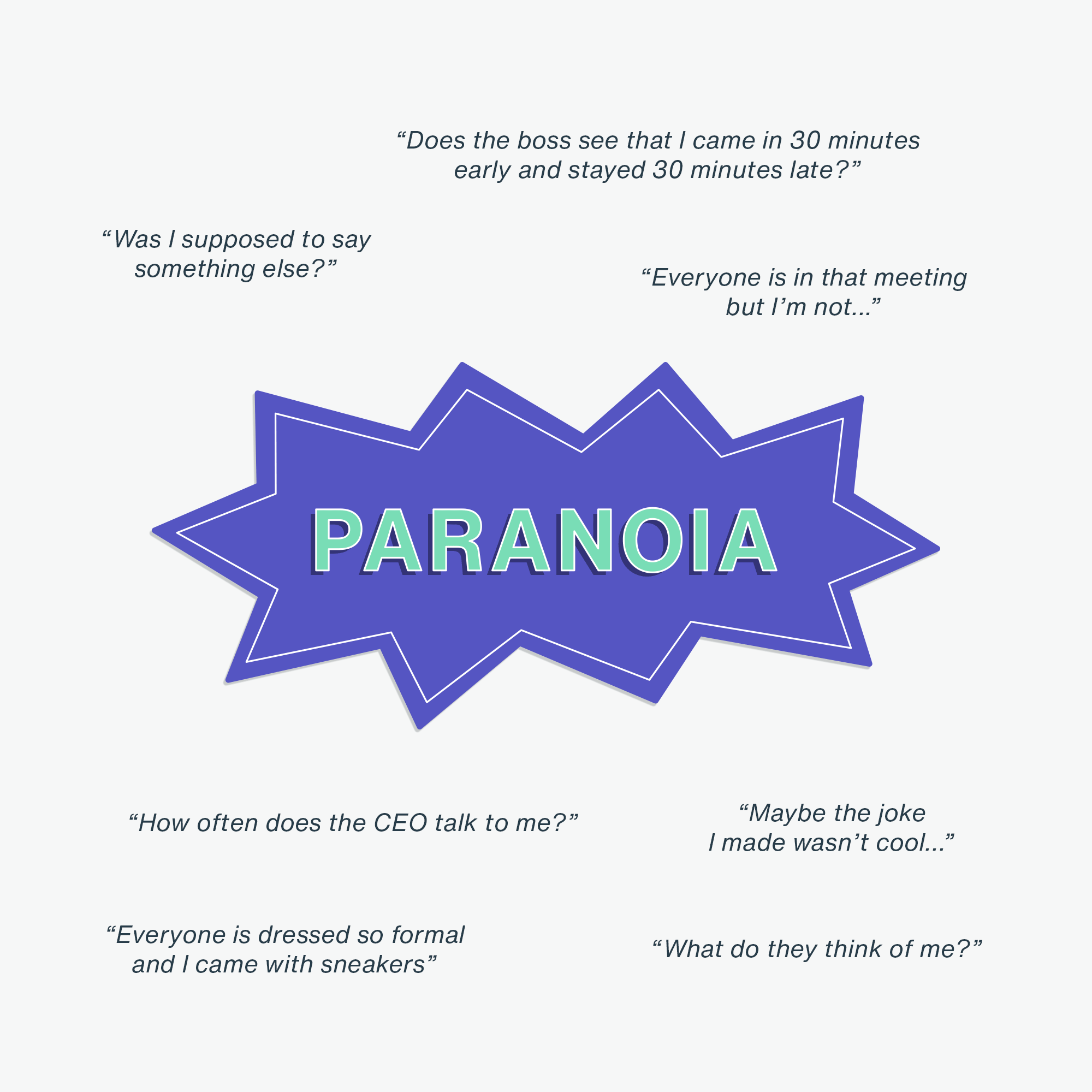Double your teams’ productivity
Productivity is a lifelong pursuit. It's unique to each person, role and company. Why would we expect one structure for productivity to apply to an entire team? Remote work makes no such assumption.
10 min read
A focus on outputs rather than inputs
Why does every office leader resist remote work under the guise of lost productivity? The only thing that having a manager peering over your shoulder increases is anxiety. As most people who work remotely have experienced, productivity comes quite naturally without obstructions. There may be a bit of a learning curve, but it’s not as steep as one might assume.

A work from home case study conducted by Nicholas Bloom, a professor at Stanford University in California back in 2013, attempted to quantify this. He split the company into remote and non-remote teams and to pretty much everyone’s surprise, the company’s staff became 13% more productive by working from home four days a week.
If you don’t trust the evidence from this experiment, trust the major companies making the move:
- Coinbase - has become a remote-first company and will allow anyone to work from home.
- Twitter - will allow anyone who chooses to work from home indefinitely.
- Nationwide Insurance - one of the oldest insurance companies in the U.S. is even switching to a blended work model.
- Spotify - embraces full global remote, encouraging employees to live wherever they’d like in the world.
Do the leaders in your company put importance on how much time is spent working, or how many meetings are happening? If so, remote work is the least of your worries. You have an input problem.
Inputs are things like hours spent in the office, number of meetings, documents created, work hours etc. They are things that look nice, but don’t necessarily result in outputs (sales, growth, reaching milestones, etc.). Every output needs a proper input, but most inputs lead to nowhere.
In an office environment, it’s nearly impossible not to focus on the inputs. Even if you claim not to, the team feels pressured. A well intentioned work ethic can snowball into toxic paranoia.

Worrying about things like this not only causes misery, but it significantly reduces productivity. When the focus is on outputs, you do things differently. Here are some examples of output focused work:
- Taking a creative walk that gives you the best idea for a strategy
- Giving your eyes a screen break from coding by reading a classic book so you stay fresh
- Spending an hour writing a 1 paragraph email that gets the sale
- Spending time writing out your top priorities to organize your work life
- Having a glass of wine and pretend you are a normal user exploring your products (seriously)
When you ask the question "how do I build my own remote company?", you are already orienting your thinking in a way that optimizes outputs.
Few people intentionally focus on inputs, yet most do subconsciously. Write out your daily tasks. Are they input our output oriented?
A focus on outputs rather than inputs
Why does every office leader resist remote work under the guise of lost productivity? The only thing that having a manager peering over your shoulder increases is anxiety. As most people who work remotely have experienced, productivity comes quite naturally without obstructions. There may be a bit of a learning curve, but it’s not as steep as one might assume.

A work from home case study conducted by Nicholas Bloom, a professor at Stanford University in California back in 2013, attempted to quantify this. He split the company into remote and non-remote teams and to pretty much everyone’s surprise, the company’s staff became 13% more productive by working from home four days a week.
If you don’t trust the evidence from this experiment, trust the major companies making the move:
- Coinbase - has become a remote-first company and will allow anyone to work from home.
- Twitter - will allow anyone who chooses to work from home indefinitely.
- Nationwide Insurance - one of the oldest insurance companies in the U.S. is even switching to a blended work model.
- Spotify - embraces full global remote, encouraging employees to live wherever they’d like in the world.
Do the leaders in your company put importance on how much time is spent working, or how many meetings are happening? If so, remote work is the least of your worries. You have an input problem.
Inputs are things like hours spent in the office, number of meetings, documents created, work hours etc. They are things that look nice, but don’t necessarily result in outputs (sales, growth, reaching milestones, etc.). Every output needs a proper input, but most inputs lead to nowhere.
In an office environment, it’s nearly impossible not to focus on the inputs. Even if you claim not to, the team feels pressured. A well intentioned work ethic can snowball into toxic paranoia.

Worrying about things like this not only causes misery, but it significantly reduces productivity. When the focus is on outputs, you do things differently. Here are some examples of output focused work:
- Taking a creative walk that gives you the best idea for a strategy
- Giving your eyes a screen break from coding by reading a classic book so you stay fresh
- Spending an hour writing a 1 paragraph email that gets the sale
- Spending time writing out your top priorities to organize your work life
- Having a glass of wine and pretend you are a normal user exploring your products (seriously)
When you ask the question "how do I build my own remote company?", you are already orienting your thinking in a way that optimizes outputs.
Few people intentionally focus on inputs, yet most do subconsciously. Write out your daily tasks. Are they input our output oriented?
Thank you for subscribing!
Subscribe to Building Remotely updates to get:
- Alerted for new podcasts and articles
- Summaries of our best insights from remote leaders
- Book chapters as they’re released

